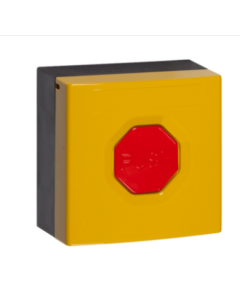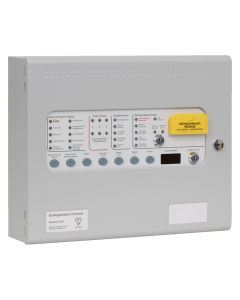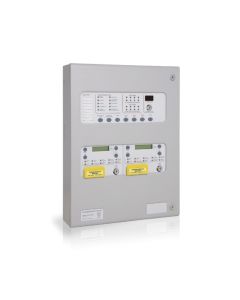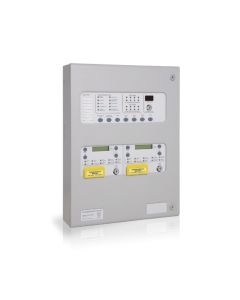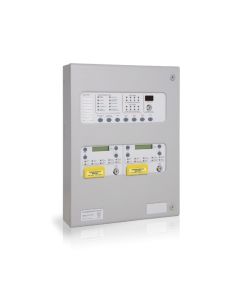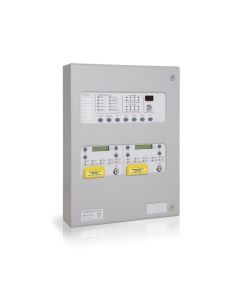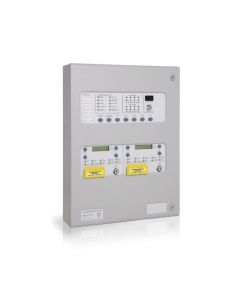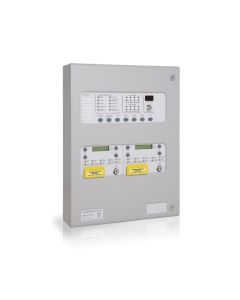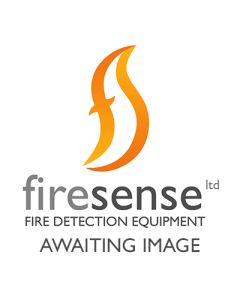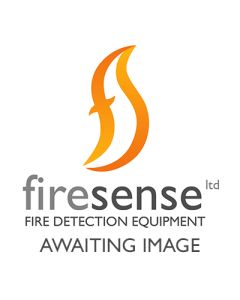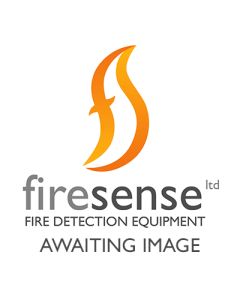How Extinguishant Systems Work
Extinguishant systems operate by suppressing fires through the deployment of specialised agents rather than relying on water or foam. The agent is stored under pressure and released into the protected area upon detection of a fire. The system uses a combination of fire detection devices, such as smoke and heat sensors, to trigger a rapid and precise response, ensuring the fire is controlled or extinguished at an early stage.
The extinguishing agents used in these systems vary depending on the specific application and environment. Common agents include clean gases, chemical suppressants, and inert gases, each designed to target specific fire risks without causing damage to sensitive equipment or leaving harmful residues.
Key Features and Benefits of Extinguishant Systems
Extinguishant systems are engineered to deliver precise, reliable fire suppression while minimising collateral damage and disruption. Their primary features and benefits include:
Targeted Fire Suppression: These systems are designed to suppress fires at their source, protecting the immediate area and preventing the fire from spreading.
Minimal Damage: Unlike traditional water-based systems, extinguishant systems use non-corrosive agents that do not harm sensitive equipment or leave residues, making them ideal for high-tech and critical environments.
Rapid Response: Advanced detection technology ensures that fires are identified and suppressed in their earliest stages, reducing potential damage and downtime.
Environmental Considerations: Many extinguishant systems now utilise environmentally friendly agents, which offer effective suppression with minimal impact on the environment.
Scalable Solutions: These systems can be customised to suit a range of applications, from protecting small server rooms to securing large industrial facilities.
Applications of Extinguishant Systems
The versatility of extinguishant systems makes them suitable for a wide range of environments where traditional suppression methods may not be effective. Common applications include:
Data Centres and Server Rooms
Protecting critical IT infrastructure is a top priority for many organisations. Extinguishant systems are an ideal choice for data centres and server rooms, where water-based suppression systems could cause significant damage to electronic equipment. Clean agents such as FM-200® and Novec™ 1230 are commonly used in these settings, as they quickly suppress fires without leaving residue or affecting operational uptime.
Electrical Control Rooms
Electrical control rooms house sensitive equipment that can be easily damaged by traditional fire suppression methods. Extinguishant systems provide a non-intrusive solution, ensuring that fires are contained without affecting critical electrical systems.
Industrial Facilities
Many industrial environments contain machinery, flammable materials, or chemicals that require tailored fire suppression solutions. Extinguishant systems can be customised to address these unique risks, providing fast and effective protection for workers, equipment, and facilities.
Archives and Museums
In areas where valuable or irreplaceable items are stored, such as archives, museums, and art galleries, extinguishant systems offer protection without the risk of water damage. The use of clean agents ensures that artefacts, documents, and exhibits remain unharmed while the fire is effectively suppressed.
Marine Applications
Extinguishant systems are also widely used in the marine industry, where protecting enclosed spaces such as engine rooms is critical. These systems provide effective suppression in challenging environments where water may not be viable.
Types of Extinguishing Agents
Different environments require different suppression agents, and extinguishant systems are designed to accommodate a variety of options to meet these needs. Common types of extinguishing agents include:
Clean Agents: These gaseous suppressants are safe for use in occupied spaces and do not leave residue. They are ideal for areas with sensitive electronics, such as data centres and control rooms.
Inert Gases: Agents such as nitrogen, argon, and carbon dioxide work by reducing oxygen levels in the protected area to suppress combustion. Inert gas systems are effective for protecting electrical rooms and industrial spaces but may require additional safety measures in occupied areas.
Chemical Suppressants: Dry chemical agents, including monoammonium phosphate and potassium bicarbonate, are suitable for industrial applications where rapid fire suppression is required.
Foam and Water-Mist Systems: While not completely dry, these systems use a fine mist or foam to suppress fires with minimal water content, making them suitable for protecting specific industrial applications.
Why Choose Firesense for Extinguishant Systems?
Firesense is a trusted provider of high-quality extinguishant systems, offering solutions from leading manufacturers to meet the needs of fire safety professionals. Our commitment to quality and compliance ensures that every system we provide delivers reliable performance and meets the latest UK fire safety regulations.
By partnering with Firesense, you gain access to:
Extensive Product Range: We offer a variety of extinguishant systems and components, including clean agents, inert gases, and accessories tailored to specific applications.
Compliance and Reliability: All our systems are designed to comply with UK and international safety standards, providing peace of mind for you and your clients.
Prompt Delivery: Firesense understands the importance of project timelines and ensures efficient delivery of products to keep your projects on track.
Conclusion
Extinguishant systems are an essential element of fire safety in environments where traditional suppression methods are unsuitable. From protecting sensitive IT equipment to safeguarding industrial facilities, these systems provide targeted, efficient fire suppression while minimising damage to assets and downtime.
Firesense is proud to support fire safety professionals with a comprehensive range of extinguishant systems, backed by technical advice and a commitment to quality. Browse our range today and discover how Firesense can help you deliver effective fire suppression solutions that protect lives, property, and critical assets.

